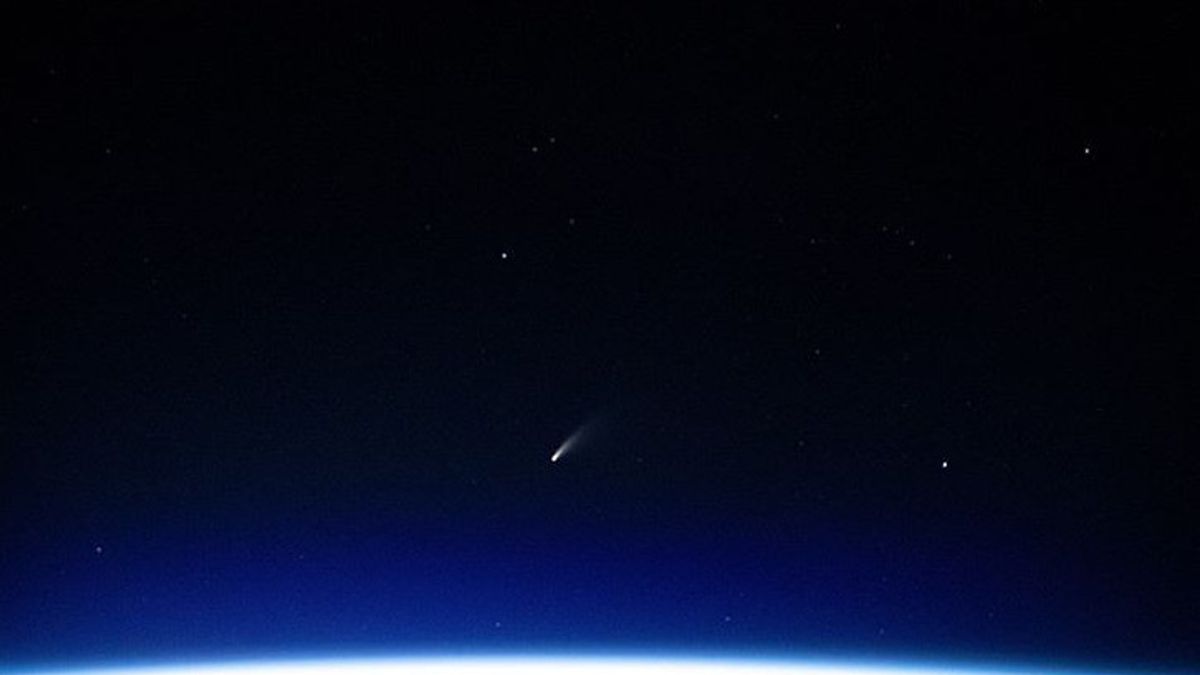JAKARTA - Natural phenomena occurred again this July. A comet dubbed NEOWISE (Near Earth Object Wide-Infrared Survey Explorer) is an interesting space object sighting that can be observed from various parts of the world, including Indonesia.
Quoting the National Institute of Aeronautics and Space (LAPAN), starting from Sunday evening, July 19 or to be precise after sunset, Indonesians can observe the comet NEOWISE. This super rare natural phenomenon can be observed until July 25, 2020.
"It will take another 6800 years for the comet NEOWISE to meet again to approach Earth's orbit," wrote the Instagram account @lapan_ri, Monday, July 20.
The comet NEOWISE can be witnessed by Indonesians in the northwest and it can be observed after the sun sets. The closest point to observe this comet from Earth is on July 23, 2020.
According to Lapan Jasyanto Public Relations, although it will be visible to the naked eye, comets will be increasingly difficult to see in areas that have high light pollution. For this reason, LAPAN recommends a place with a wide view that is not obstructed by multi-storey buildings.
"Maybe you can see it with the naked eye, but it's better to use binoculars or through a small telescope for a better view. And directed to the northwest," said Jasyanto in his written statement.
NEOWISE's CometBased on a NASA report, this comet was first discovered on March 27, 2020 through the Near-Earth Object Wide-field Infrared Survey Explorer (NEOWISE) space telescope. This comet is a comet with a retrograde orbit with an almost parabolic orbit.
On July 3, 2020 at 23.20.06 WIB, Comet NEOWISE is at its closest point to the Sun with a distance of 44.1 million km. Meanwhile, the closest point of the comet to the earth will occur on July 23, 2020 at 09.41.30 WIB with a distance of 103.5 million km.
Recent observations by the Coma Database Observer (COBS) show that the magnitude value of the NEOWISE comet has reached +1.5. The diameter of the coma (comet tail) reaches 17.7 arc minutes or slightly larger than the visible radius of the Moon. This comet is brightest when it is closest to the Sun with an apparent magnitude of +1.4.
The English, Chinese, Japanese, Arabic, and French versions are automatically generated by the AI. So there may still be inaccuracies in translating, please always see Indonesian as our main language. (system supported by DigitalSiber.id)









